In the enchanting world of fungi, one species stands out as a vibrant gem, captivating the eye with its brilliant hues-the Parrot Mushroom (Hygrocybe psittacina). This small, yet striking, mushroom is renowned for its vivid and varied colors, transforming the forest floor into a mesmerizing palette of nature’s artistry.
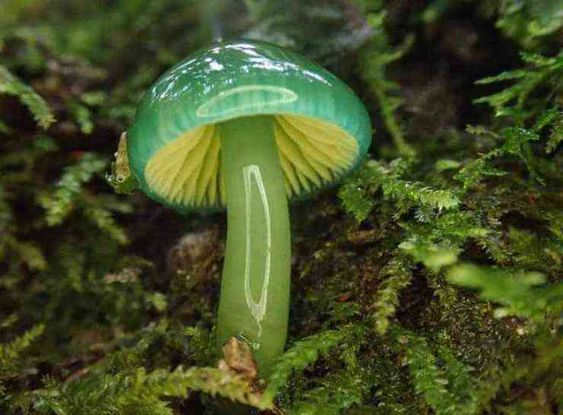
Often found in woodlands, grassy areas, or mossy landscapes, the Parrot Mushroom is a testament to the diversity and beauty that fungi bring to ecosystems. Its cap, ranging from bright red and orange to yellow and green, resembles the feathers of a tropical parrot, earning it its distinctive name.
The cap of the Parrot Mushroom is not only a visual spectacle but also a dynamic entity that changes color based on its age and environmental conditions. Younger specimens tend to display more vibrant hues, gradually transitioning to softer tones as they mature. This fascinating feature adds an element of unpredictability to the already captivating world of fungi.
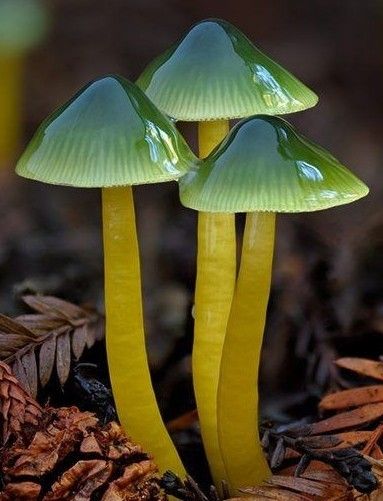
Beyond its vivid appearance, the Parrot Mushroom plays a vital ecological role. As a mycorrhizal fungus, it forms symbiotic relationships with plant roots, aiding in nutrient exchange and supporting the health of the surrounding flora. Its presence contributes to the intricate web of life in forest ecosystems, showcasing the interconnectedness of all living organisms.
While the Parrot Mushroom is a delightful sight for nature enthusiasts and photographers, it’s essential to admire these fungi responsibly. They play a vital role in maintaining the balance of ecosystems, and their delicate nature calls for conservation efforts to preserve their habitats.
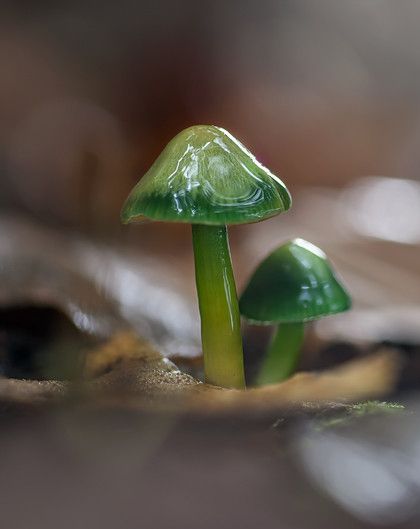
Despite its small size, the Parrot Mushroom serves as a reminder of the beauty that can be found in the often-overlooked corners of the natural world. As it unfurls its colorful cap amidst the mossy undergrowth, it invites us to appreciate the intricate details and vibrant diversity that exist within the fungal kingdom.
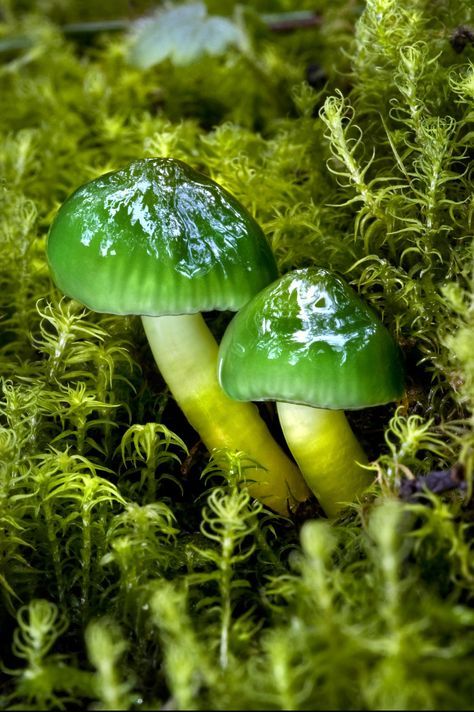
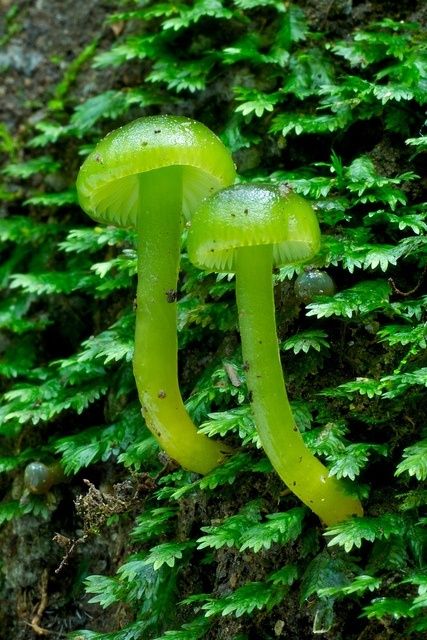
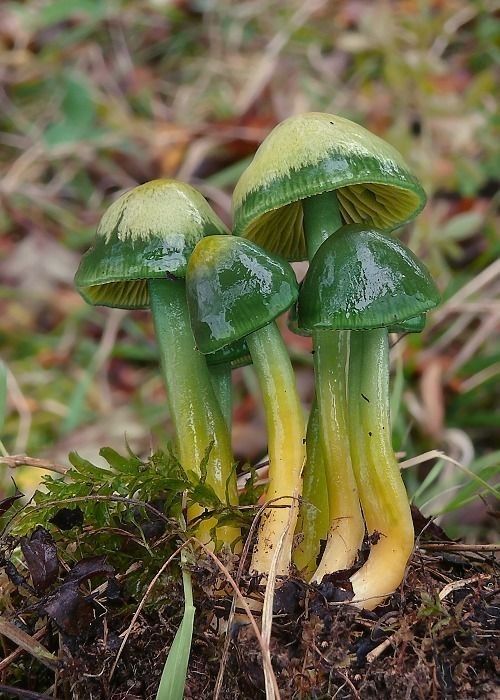
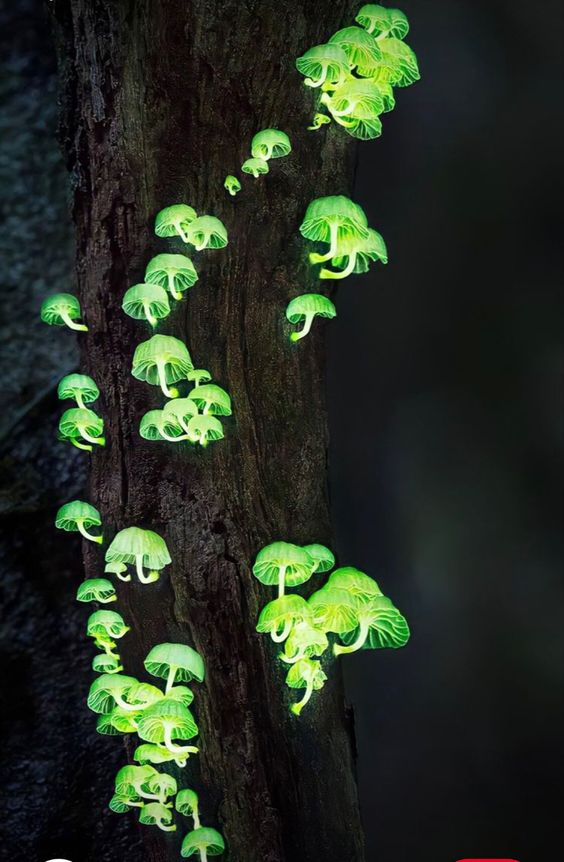
In conclusion, the Parrot Mushroom emerges as a living masterpiece, a tiny yet magnificent representative of nature’s kaleidoscope. Its presence in the forest symbolizes the interconnectedness and harmony that define the delicate dance of life in ecosystems around the world.





